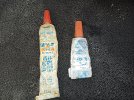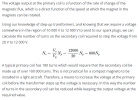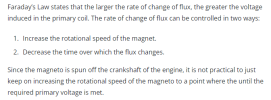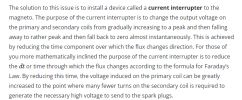Daleandee
Final Approach
- Joined
- Mar 4, 2020
- Messages
- 6,315
- Display Name
Display name:
Dale Andee
Wouldn't that put the crud in the cylinder? The reason we use a blow gun around the plugs before removal is to help prevent stuff from falling inside ...The way to being always easy to remove plugs next time without damaging the helicoil, was to carefully wire brush the threads in the cylinders with a small rotating wire brush in a drill to remove the crud. Doesn't anyone else do this? Reinstall w anti seize of course.







